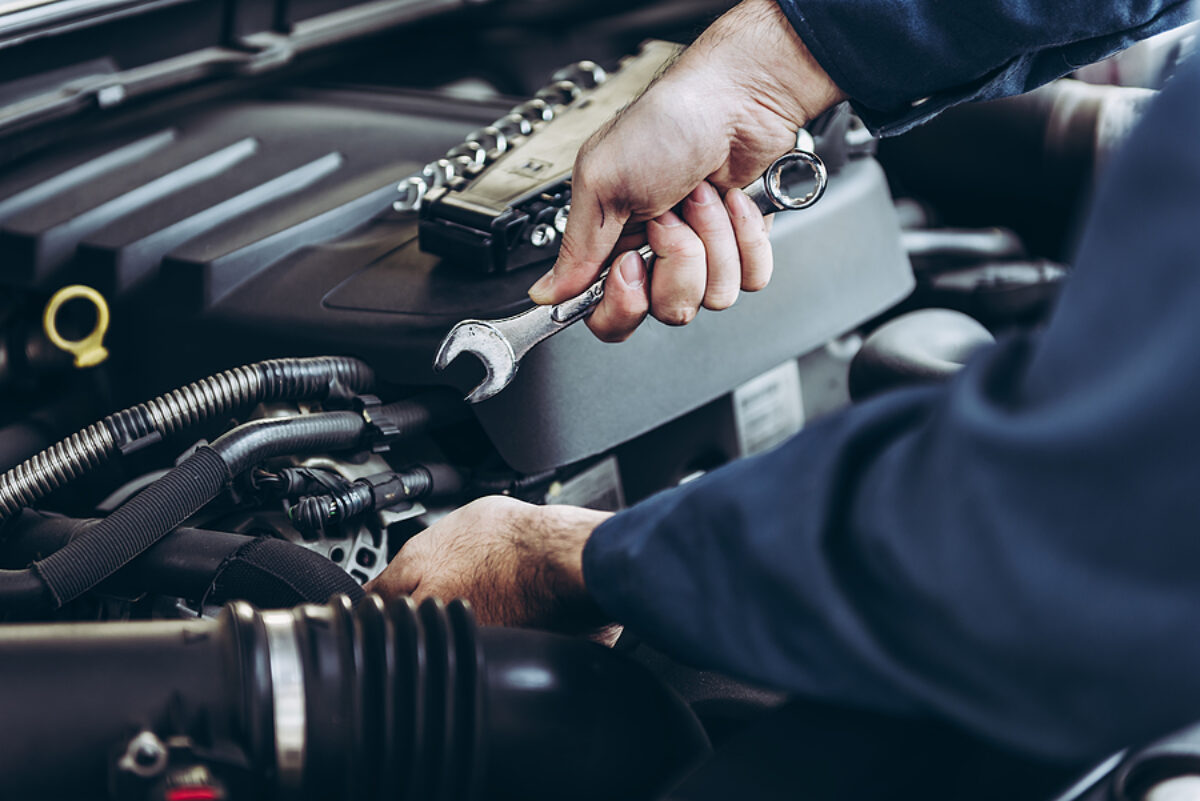

Articles
How To Bleed Off An Overcharged AC
Modified: October 20, 2024
Learn how to safely bleed off an overcharged AC with our informative articles. Find step-by-step instructions and expert tips to tackle this common issue.
(Many of the links in this article redirect to a specific reviewed product. Your purchase of these products through affiliate links helps to generate commission for Storables.com, at no extra cost. Learn more)
Introduction
Welcome to our comprehensive guide on how to bleed off an overcharged AC system. If you’re experiencing issues with your air conditioning, it’s possible that the system has been overcharged with refrigerant. While it may seem counterintuitive, having too much refrigerant can actually hinder the performance and efficiency of your AC unit.
In this article, we will discuss the reasons why an overcharged AC system can be problematic and the signs to look out for. We will also provide step-by-step instructions on how to safely bleed off the excess refrigerant. So, whether you’re a homeowner looking to troubleshoot your home’s cooling system or a professional HVAC technician seeking guidance, this guide is here to help.
Understanding the fundamentals of how an AC system works is crucial in addressing an overcharged unit. AC systems operate by circulating refrigerant that absorbs heat from the indoor space and transfers it outside. The refrigerant, typically a gas, undergoes a continuous cycle of evaporation and condensation to perform this heat exchange.
However, when the AC system is overcharged, it means that too much refrigerant has been added to the system. This can happen due to a variety of reasons, such as incorrect charging during installation or recharge, or a malfunction in the refrigerant control system.
Having an overcharged AC system can lead to various issues, including reduced cooling capacity, decreased energy efficiency, and even damage to the AC components. It’s essential to address this problem promptly to ensure optimal performance and prevent further complications.
In the following sections, we will discuss the signs that indicate an overcharged AC system and why bleeding off the excess refrigerant is necessary. We will also provide important safety precautions to follow and the tools and materials you’ll need for the process. So, let’s dive in and learn how to bleed off an overcharged AC system!
Key Takeaways:
- Bleeding off an overcharged AC system is crucial to restore optimal performance, protect critical components, improve energy efficiency, prevent leaks, and ensure safe operation. Following safety precautions and using the right tools are essential for a successful procedure.
- Identifying signs of an overcharged AC, such as insufficient cooling, frozen evaporator coil, and increased energy consumption, is essential for prompt resolution. Regular HVAC maintenance, correct refrigerant handling, and professional assistance contribute to maintaining a healthy and efficient AC system.
Read more: How To Fix Overcharged AC
Understanding Overcharged AC Systems
An overcharged AC system occurs when there is an excessive amount of refrigerant in the system. This can have negative effects on the overall performance and efficiency of the air conditioning unit. To fully understand the consequences of an overcharged AC system, it’s essential to grasp the basics of how the AC system operates.
The AC system utilizes a closed-loop refrigeration cycle to remove heat from the indoor environment and expel it outside. The refrigerant, typically a gas, plays a crucial role in this process. It absorbs heat from the indoor space through the evaporator coil, where it changes from a liquid to a gas state. The refrigerant, now in a gaseous state, flows through the compressor, which compresses it and increases its temperature and pressure.
Once the hot, pressurized refrigerant leaves the compressor, it passes through the condenser coil located outside the building. Here, the heat is released, and the refrigerant returns to its liquid state. The cooled liquid refrigerant then travels back to the evaporator coil to repeat the cycle.
Proper refrigerant charge is crucial for the AC system to function optimally. The correct amount of refrigerant ensures efficient heat transfer and cooling capacity. However, when the system is overcharged, problems arise. When there is too much refrigerant in the system, it can lead to several issues:
- Poor Cooling Performance: An overcharged AC unit may not cool the indoor space effectively. The excessive refrigerant can hinder the heat exchange process, preventing the system from removing heat efficiently.
- Reduced Energy Efficiency: When an AC system is overcharged, it can cause the compressor to work harder than necessary. This extra strain increases energy consumption and results in higher utility bills.
- Potential Damage: The excess refrigerant can cause pressure to build up in the system, which may lead to damage to critical components such as the compressor, condenser, and evaporator coil.
Therefore, it is crucial to identify the signs of an overcharged AC system and take appropriate action to resolve the issue. In the next section, we will discuss the common signs that indicate your AC system may be overcharged and in need of bleeding off the excess refrigerant.
Signs of Overcharged AC
Identifying the signs of an overcharged AC system is essential to address the issue promptly and prevent further damage to the unit. Here are some common indicators that your AC system may be overcharged:
- Insufficient Cooling: If you notice that your air conditioner is not providing adequate cooling, despite running continuously, it could be a sign of an overcharged system. The excess refrigerant can impede the proper heat exchange process, resulting in reduced cooling performance.
- Frozen Evaporator Coil: An overcharged AC system can cause the evaporator coil to freeze. This happens because the excessive refrigerant lowers the temperature of the coil to a point where condensation freezes on its surface. If you notice ice buildup on the evaporator coil, it’s a clear indication of an overcharged system.
- Inconsistent Temperature: An overcharged AC system may cause uneven cooling throughout your home or building. Certain areas may feel colder than others, while others might remain warm. This imbalance in temperature distribution is a result of the system struggling to regulate the flow of excess refrigerant.
- Increased Energy Consumption: When an AC system is overcharged, it puts additional strain on the compressor, resulting in increased energy consumption. If you notice a sudden spike in your energy bills or your AC unit running constantly without effectively cooling the space, it may be an indication of an overcharged system.
- Unusual Sounds or Odors: An overcharged AC system can cause strange noises or odors. You may hear hissing or gurgling sounds coming from the refrigerant lines or notice a pungent smell near the indoor unit. These signs could indicate that excess refrigerant is causing pressure problems in the system.
- High Pressure Readings: If you have access to the gauges or pressure readings of your AC system, you can check for abnormally high pressure. Higher-than-normal pressure readings, especially on the high side of the system, can be a strong indicator of an overcharged AC unit.
If you observe any of these signs, it’s essential to address the issue promptly. Continuing to operate an overcharged AC system can not only compromise its performance and efficiency but also lead to potential damage to critical components of the unit. In the next section, we will discuss why bleeding off the excess refrigerant is necessary to resolve an overcharged AC system.
Why Bleeding Off an Overcharged AC is Necessary
When dealing with an overcharged AC system, it is important to understand why bleeding off the excess refrigerant is a necessary step in the troubleshooting process. Let’s explore the reasons behind this:
- Restore Optimal Performance: Bleeding off the excess refrigerant allows the AC system to return to its optimal refrigerant charge level. By removing the excess refrigerant, you restore the proper balance of the refrigerant in the system, allowing for efficient heat transfer and cooling performance. This ensures that your AC unit operates as intended and provides effective cooling throughout your space.
- Protect AC Components: An overcharged AC system can place strain on various components, such as the compressor, condenser, and evaporator coil. This strain can lead to premature wear and tear, reduced lifespan, and potential breakdowns. By bleeding off the excess refrigerant, you alleviate the pressure on these components, protecting them from damage and ensuring their longevity.
- Improve Energy Efficiency: An overcharged AC system consumes more energy than necessary to operate. The excess refrigerant interferes with the heat exchange process, making the system work harder and longer to achieve the desired cooling. By bleeding off the excess refrigerant, you restore energy efficiency, which ultimately leads to lower energy bills.
- Prevent Potential Refrigerant Leaks: When an AC system is overcharged, the excess pressure can lead to leaks in the refrigerant lines or other components. These leaks not only result in more refrigerant waste but can also cause further damage to the system. By bleeding off the excess refrigerant, you reduce the likelihood of leaks and preserve the integrity of the AC system.
- Ensure Safe Operation: Operating an overcharged AC system can pose safety risks. The excessive pressure in the system can lead to ruptures or explosions if left unaddressed. By bleeding off the excess refrigerant, you eliminate this risk, creating a safer operating environment for your AC unit.
Bleeding off an overcharged AC system is crucial to restore its performance, protect critical components, improve energy efficiency, and ensure safe operation. However, it’s important to follow proper safety precautions and guidelines when performing this procedure. In the following sections, we will discuss the necessary safety precautions to take and the tools and materials required to successfully bleed off an overcharged AC system.
To bleed off an overcharged AC, attach a refrigerant recovery machine to the system and slowly release the excess refrigerant until the pressure reaches the recommended level. Be sure to follow all safety guidelines and regulations.
Safety Precautions
Performing any maintenance task on an AC system requires careful attention to safety. When it comes to bleeding off an overcharged AC system, it’s essential to prioritize safety to prevent accidents or injuries. Following these safety precautions will ensure a smooth and secure procedure:
- Personal Protective Equipment (PPE): Wear the appropriate PPE, such as safety goggles, gloves, and a mask, to protect yourself from potential refrigerant leaks or splashes.
- Work in a Well-Ventilated Area: Ensure that the area where you are working is well-ventilated to prevent the buildup of harmful refrigerant gases. If possible, consider working outdoors or in an open space with proper airflow.
- Turn Off the Power: Before starting any work on the AC system, make sure to disconnect the power supply to avoid the risk of electric shock.
- Allow the System to Cool Down: If the AC system has been running, give it sufficient time to cool down before you begin the bleeding process. The refrigerant and system components may be hot and can cause burns or other injuries.
- Use Proper Tools: Always use the appropriate tools for bleeding off the excess refrigerant. This may include a manifold gauge set, refrigerant recovery machine, and charging scale. Using the correct tools ensures effective and safe removal of the refrigerant.
- Follow Manufacturer’s Guidelines: Consult the manufacturer’s instructions or the service manual for your AC system to understand the specific steps and safety measures recommended for bleeding off an overcharged unit. Different systems may have slightly different procedures, so it’s important to follow the manufacturer’s guidelines.
- Dispose of Refrigerant Properly: Refrigerant is a hazardous substance and should be handled and disposed of according to local regulations and environmental guidelines. Improper disposal can harm the environment and may be subject to legal penalties.
- Consider Hiring a Professional: If you are unsure about your ability to safely bleed off an overcharged AC system or if you don’t have the necessary tools and experience, it’s advisable to hire a qualified HVAC technician. They have the expertise and knowledge to perform the task safely and efficiently.
By following these safety precautions, you can minimize the risks associated with bleeding off an overcharged AC system and ensure a safe working environment. Now that we’ve discussed the safety measures, let’s move on to the tools and materials you’ll need for this task.
Read more: How To Bleed A Water Pump
Tools and Materials Needed
When it comes to bleeding off an overcharged AC system, having the right tools and materials is crucial for a successful procedure. Here’s a list of the essential tools and materials you’ll need:
- Manifold Gauge Set: A manifold gauge set is used to measure the pressure and temperature of the refrigerant in the AC system. It consists of high and low-pressure gauges, as well as hoses and fittings to connect to the refrigerant ports.
- Refrigerant Recovery Machine: A refrigerant recovery machine is necessary for safely removing the excess refrigerant from the AC system. It helps to recover and store the refrigerant for proper disposal or reuse.
- Charging Scale: A charging scale is used to accurately measure the weight of the refrigerant being removed from the system. This ensures that the correct amount of refrigerant is bled off to restore the optimal charge level.
- Refrigerant Container: You’ll need a proper container to collect and store the excess refrigerant that is being bled off. Make sure the container is designed to handle refrigerants and is labeled accordingly.
- Safety Gloves and Goggles: Personal protective equipment, including safety gloves and goggles, should be worn to protect yourself from refrigerant leaks or splashes during the process.
- Wrench and Screwdriver Set: Depending on your AC system’s design, you may need a wrench and screwdriver set to access and adjust valves or other components during the bleeding process.
- Leak Detection Solution: It’s a good idea to have a leak detection solution on hand to check for any refrigerant leaks in the system. This solution will help identify areas where refrigerant may be escaping.
- Appropriate Refrigerant: If, after bleeding off the excess refrigerant, your AC system requires a recharge, make sure to have the proper refrigerant on hand. Refer to the manufacturer’s specifications or consult a professional to determine the correct refrigerant type and amount for your system.
Having these tools and materials readily available will ensure a smooth and efficient process when bleeding off an overcharged AC system. Remember to always follow safety guidelines and consult the manufacturer’s instructions or seek professional assistance if needed. In the next section, we will provide a step-by-step guide on how to bleed off an overcharged AC system.
Step-by-Step Guide on How to Bleed Off an Overcharged AC
If you’ve determined that your AC system is overcharged and needs to have the excess refrigerant removed, here is a step-by-step guide to help you safely and effectively bleed off the overcharged AC system:
- Put on Safety Gear: Before starting any work, ensure that you are wearing the appropriate personal protective equipment (PPE), including safety goggles, gloves, and a mask, to protect yourself from potential refrigerant leaks.
- Turn Off the Power: Disconnect the power supply to your AC system to avoid the risk of electric shock during the bleeding process.
- Allow the System to Cool Down: If the AC system has been running, give it enough time to cool down before proceeding with bleeding off the excess refrigerant.
- Attach the Manifold Gauges: Connect the hoses of the manifold gauge set to the high and low-pressure service ports on your AC system. Ensure a secure connection, following the manufacturer’s instructions.
- Measure the Refrigerant Pressure: Turn on the manifold gauge set and take note of the pressure readings on both the high and low-pressure gauges. These readings will indicate whether the system is overcharged.
- Bleed Off the Refrigerant: Slowly open the low-pressure valve on the manifold gauge set to release the excess refrigerant from the system. Pay attention to the pressure readings and monitor the refrigerant being released. Use a charging scale to measure the weight of the bled-off refrigerant to ensure precision.
- Check for Leaks: After bleeding off the excess refrigerant, carefully inspect the AC system and connections for any signs of refrigerant leaks. Use a leak detection solution to identify leaks by applying it to joints and connections and observing for any bubbling or discoloration.
- Recheck the Pressure: Once you have bled off the excess refrigerant and checked for leaks, recheck the pressure readings on the manifold gauge set. The readings should now indicate a proper refrigerant charge within the recommended range.
- Dispose of Refrigerant Properly: Ensure that the excess refrigerant you’ve bled off is safely collected and stored in an approved refrigerant container. Dispose of the refrigerant following local regulations and guidelines or consult a professional for proper disposal.
- Consider Recharging: Depending on the original charge level and the amount of refrigerant bled off, you may need to recharge your AC system to achieve the proper refrigerant charge. Consult the manufacturer’s specifications or seek professional assistance for the correct type and amount of refrigerant needed for a recharge.
- Restore Power and Test the AC System: Once you’ve completed the bleeding and recharging, restore power to your AC system and test its operation. Monitor the cooling performance and ensure that the system is functioning optimally.
Remember, if you’re unsure or uncomfortable performing these steps, it’s always recommended to seek the assistance of a qualified HVAC technician. They have the expertise and knowledge to safely and efficiently address an overcharged AC system.
Following this step-by-step guide will help you effectively bleed off the excess refrigerant from your overcharged AC system and restore it to its optimal performance. However, it’s important to exercise caution, adhere to safety precautions, and consult professional assistance if needed.
Final Thoughts and Additional Tips
Congratulations! You have successfully learned how to bleed off an overcharged AC system. Taking the necessary steps to address an overcharged AC unit can significantly improve its performance, energy efficiency, and lifespan. Here are some final thoughts and additional tips to wrap up your knowledge on this topic:
Regular HVAC Maintenance: Prevention is key when it comes to maintaining a healthy AC system. Regularly scheduling professional HVAC maintenance can help prevent issues such as overcharging and ensure that your AC system operates at its best.
Correct Refrigerant Charge: Maintaining the right refrigerant charge is essential for optimal AC system performance. Make sure to follow manufacturer specifications or consult a professional to ensure the correct refrigerant charge level during installation, recharge, or repairs.
Proper Refrigerant Handling: Always handle refrigerant with care and follow local regulations and environmental guidelines for disposal. Improper handling or disposal of refrigerant can have detrimental effects on the environment and even legal consequences.
Consult a Professional: If you’re unsure about any aspect of bleeding off an overcharged AC system, don’t hesitate to seek the expertise of a professional HVAC technician. They can guide you through the process, ensure safety, and provide optimal solutions for your AC system.
Keep a Clean Filter: Regularly clean or replace your AC system’s air filter to promote efficient airflow, reduce strain on the system, and maintain optimal cooling performance.
Monitor System Performance: After bleeding off an overcharged AC system, monitor its performance to ensure that it functions as expected. If you notice any recurring issues or if the system doesn’t perform optimally, it’s best to consult a professional for further inspection and troubleshooting.
Learn and Stay Informed: HVAC technology is constantly evolving, so it’s important to stay updated with the latest industry standards, guidelines, and best practices. This will help you make informed decisions and maintain your AC system effectively.
By following these final thoughts and additional tips, you’ll be well-equipped to handle an overcharged AC system and keep your cooling system running smoothly. Remember, regular maintenance, proper refrigerant handling, and professional assistance when needed are essential for the longevity and efficiency of your AC unit. Stay cool and enjoy the comfort of a well-functioning air conditioning system!
Now that you've mastered bleeding off an overcharged AC, why stop there? Keeping your air conditioner in top shape requires more than just occasional maintenance. If you're eager to dive deeper into ensuring your cooling system runs smoothly and efficiently, our next article on AC repair is a must-read. Packed with insights on tackling common issues and upgrading your unit, this guide is perfect for anyone looking to enhance their home's comfort and air quality. Don't miss out on becoming your household's AC expert!
Frequently Asked Questions about How To Bleed Off An Overcharged AC
Was this page helpful?
At Storables.com, we guarantee accurate and reliable information. Our content, validated by Expert Board Contributors, is crafted following stringent Editorial Policies. We're committed to providing you with well-researched, expert-backed insights for all your informational needs.

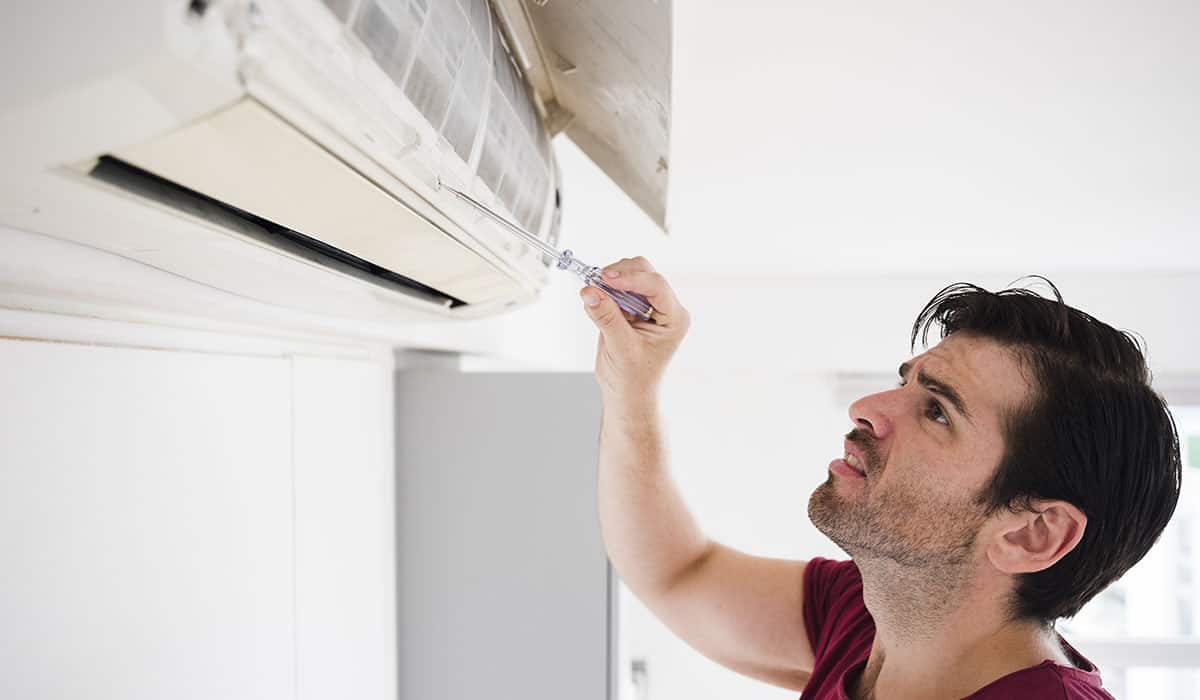
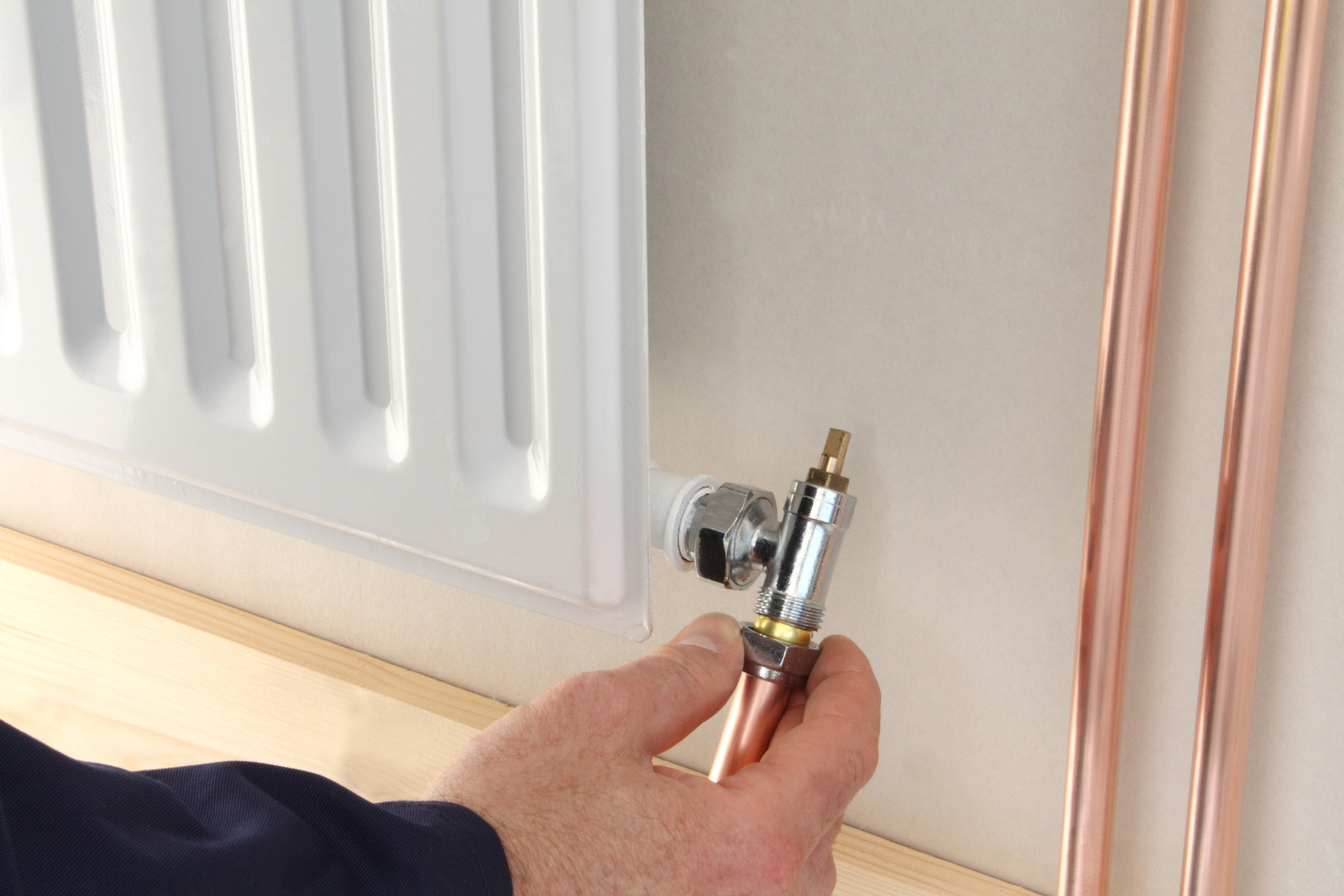
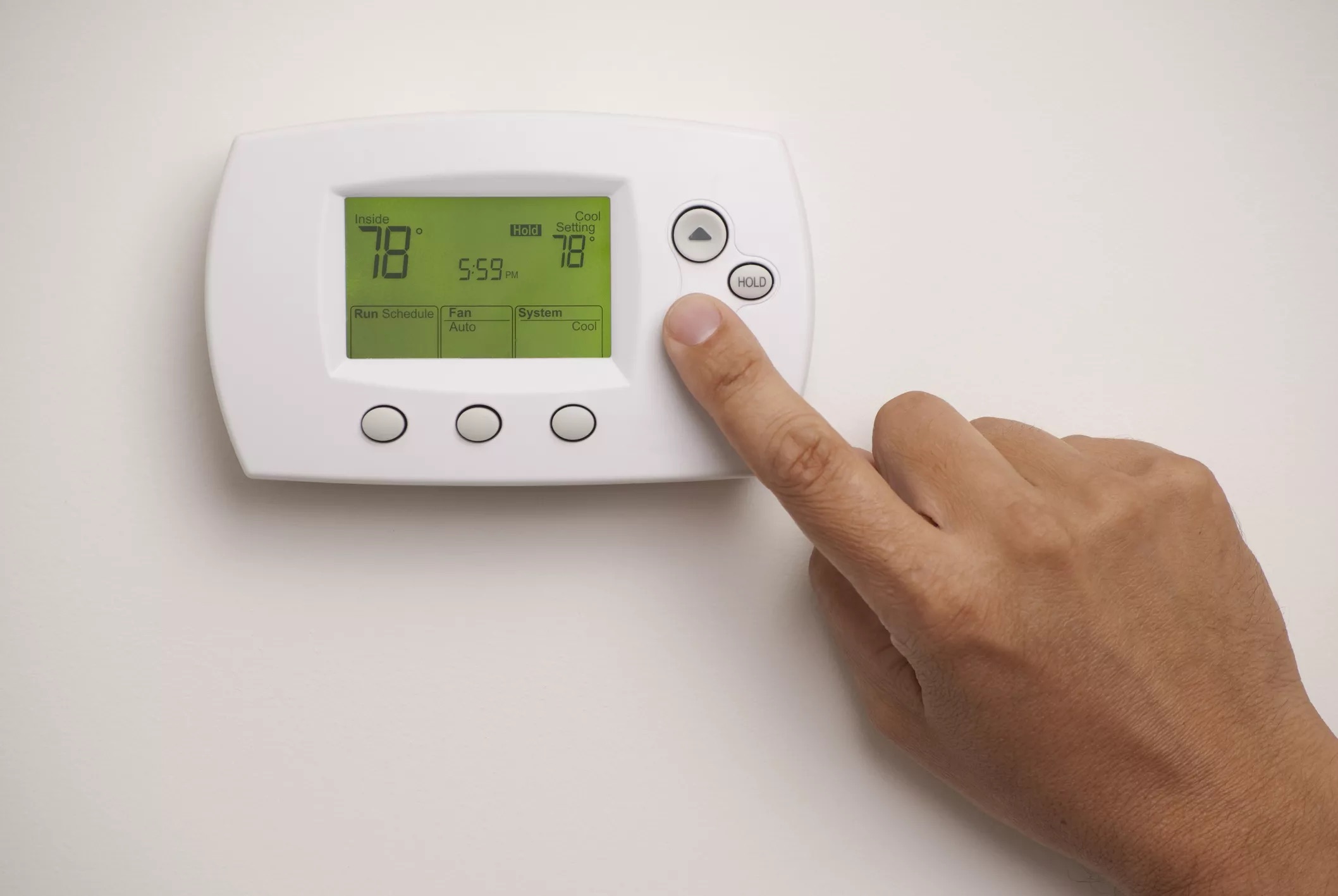
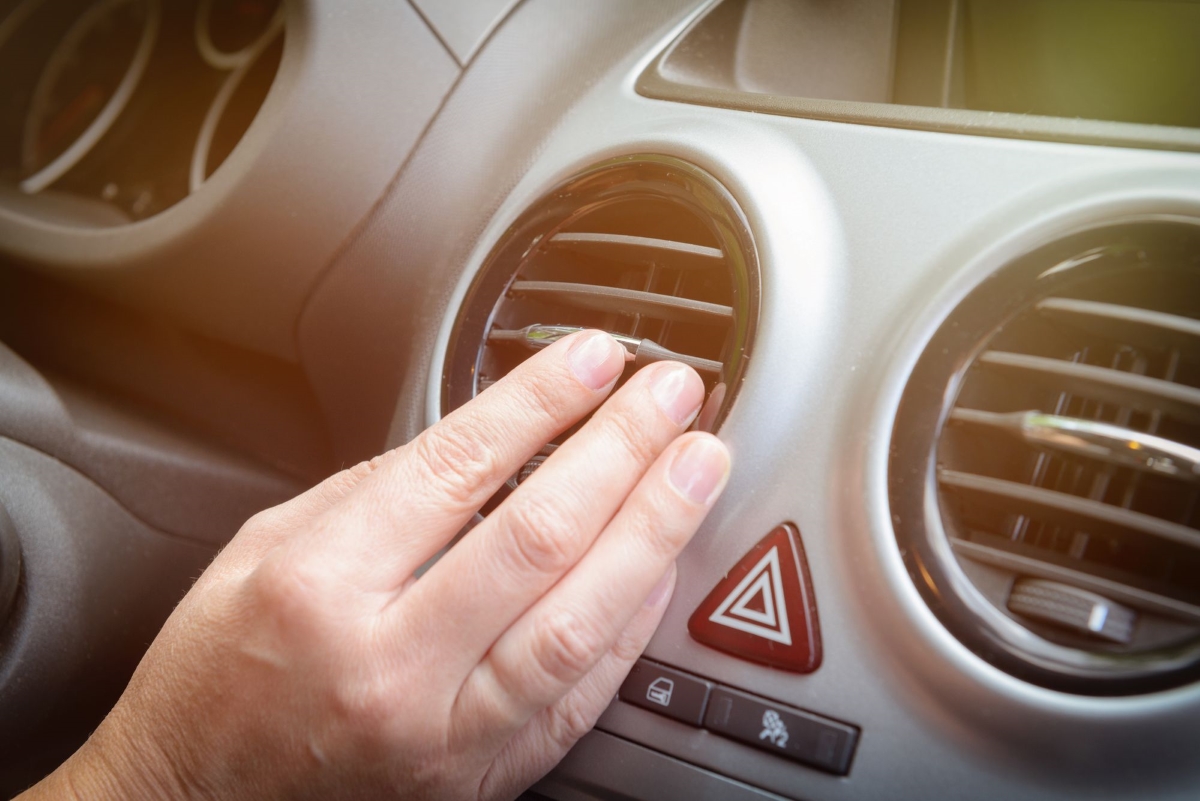
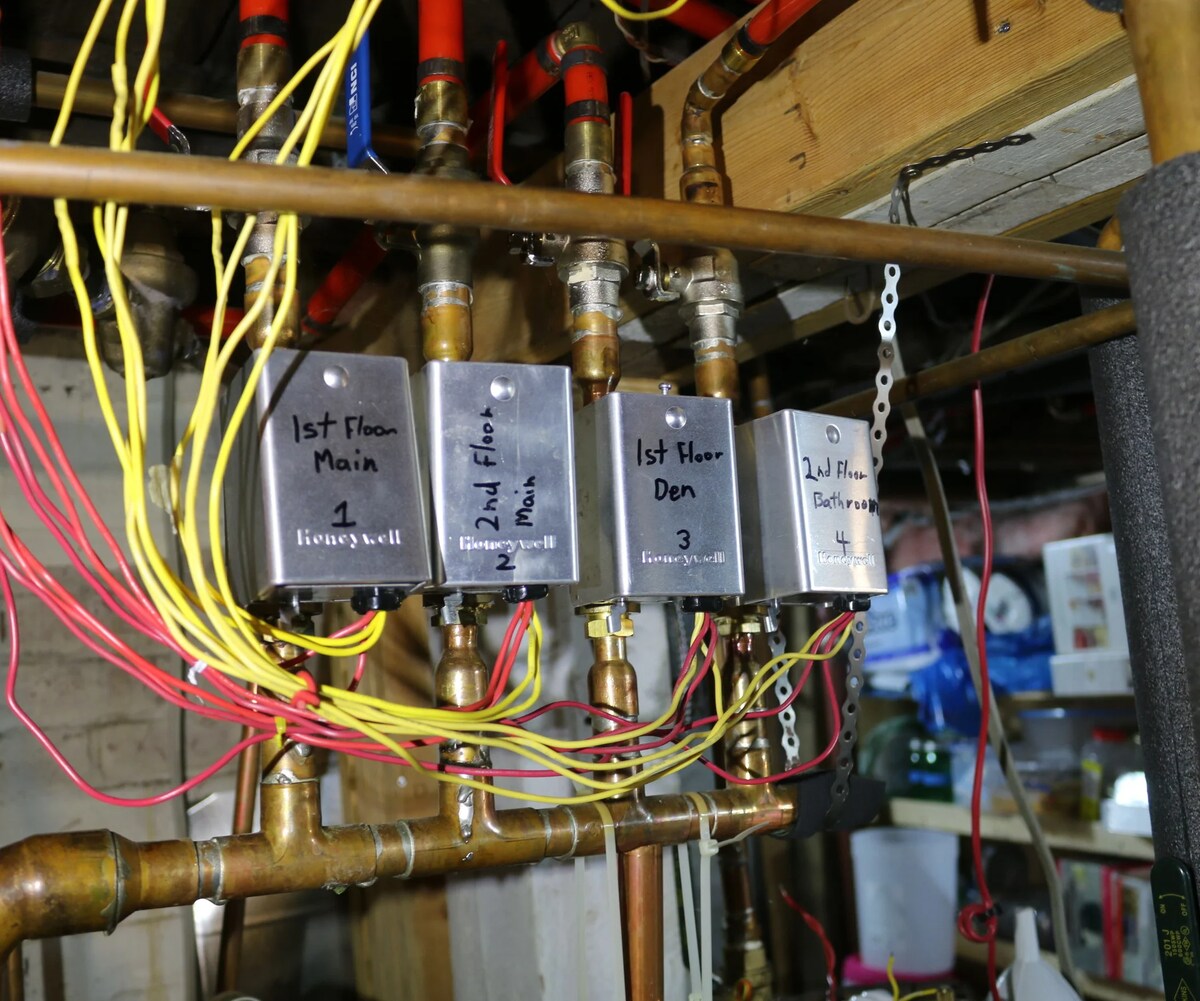
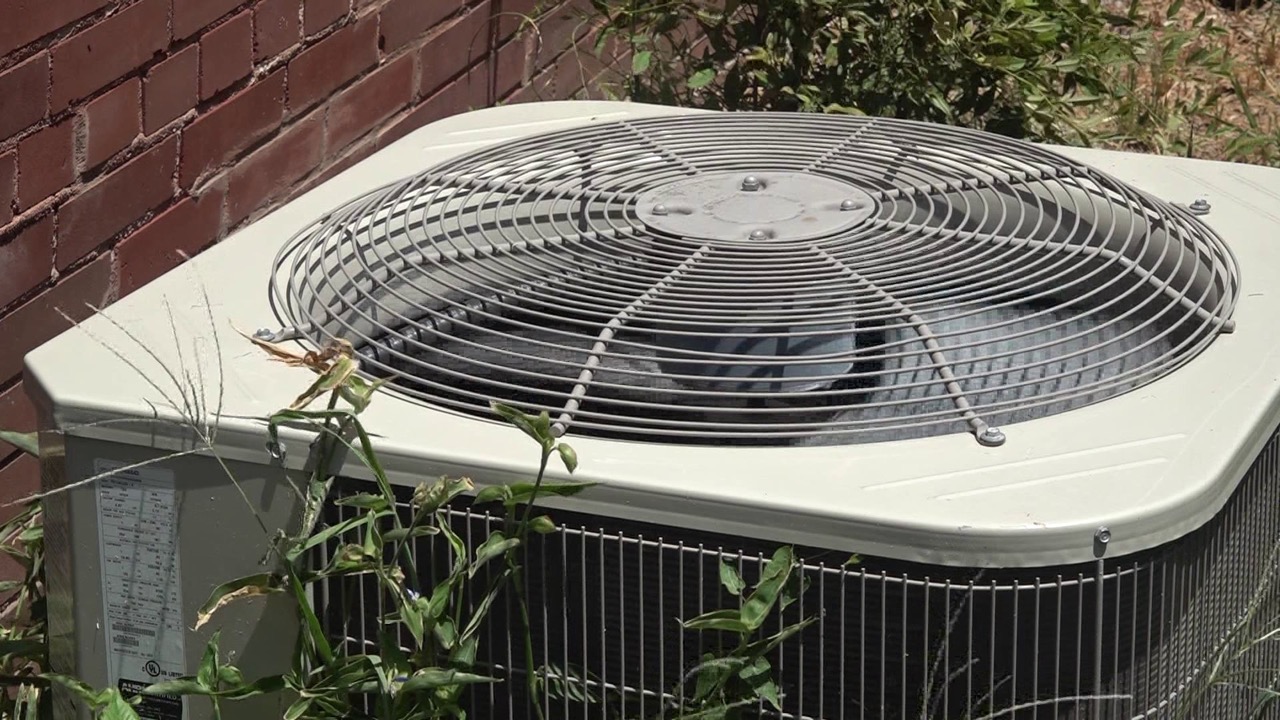
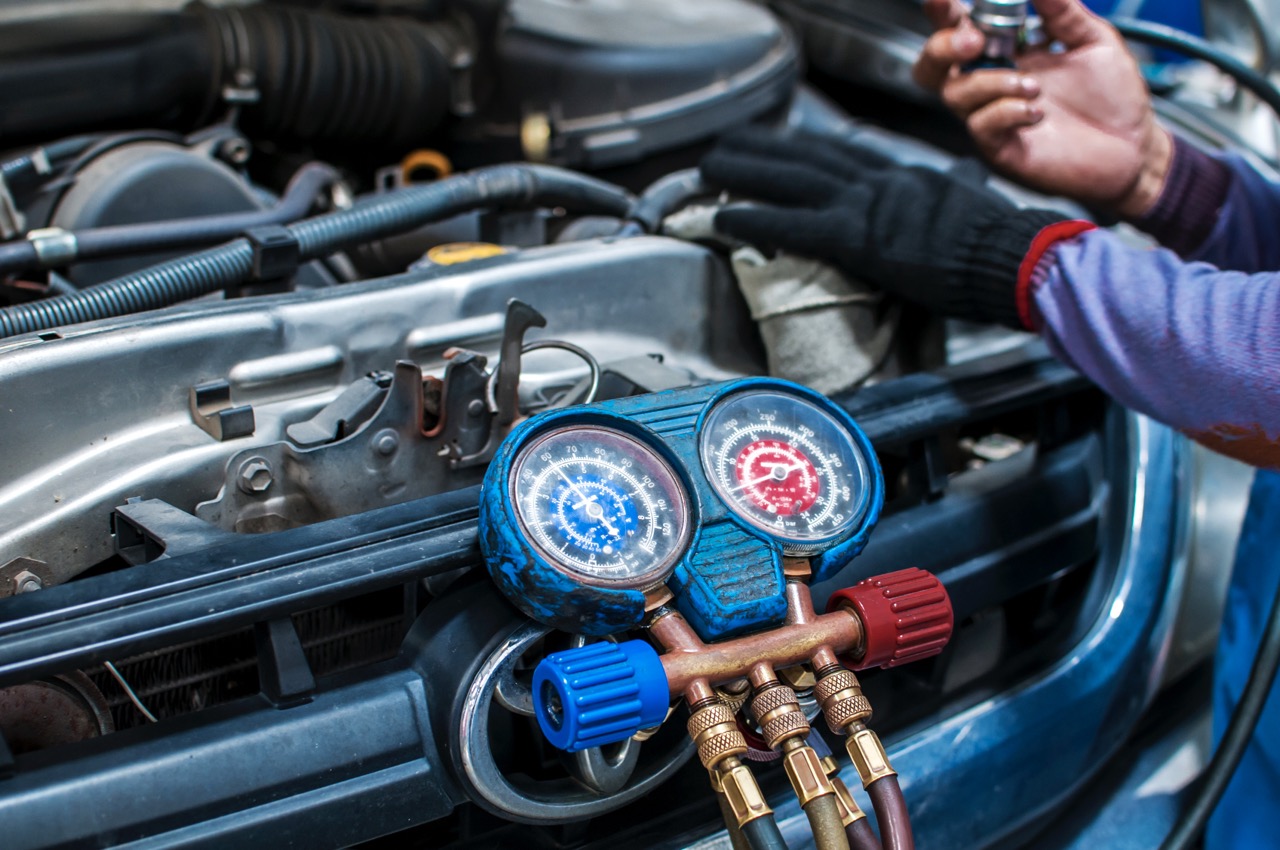
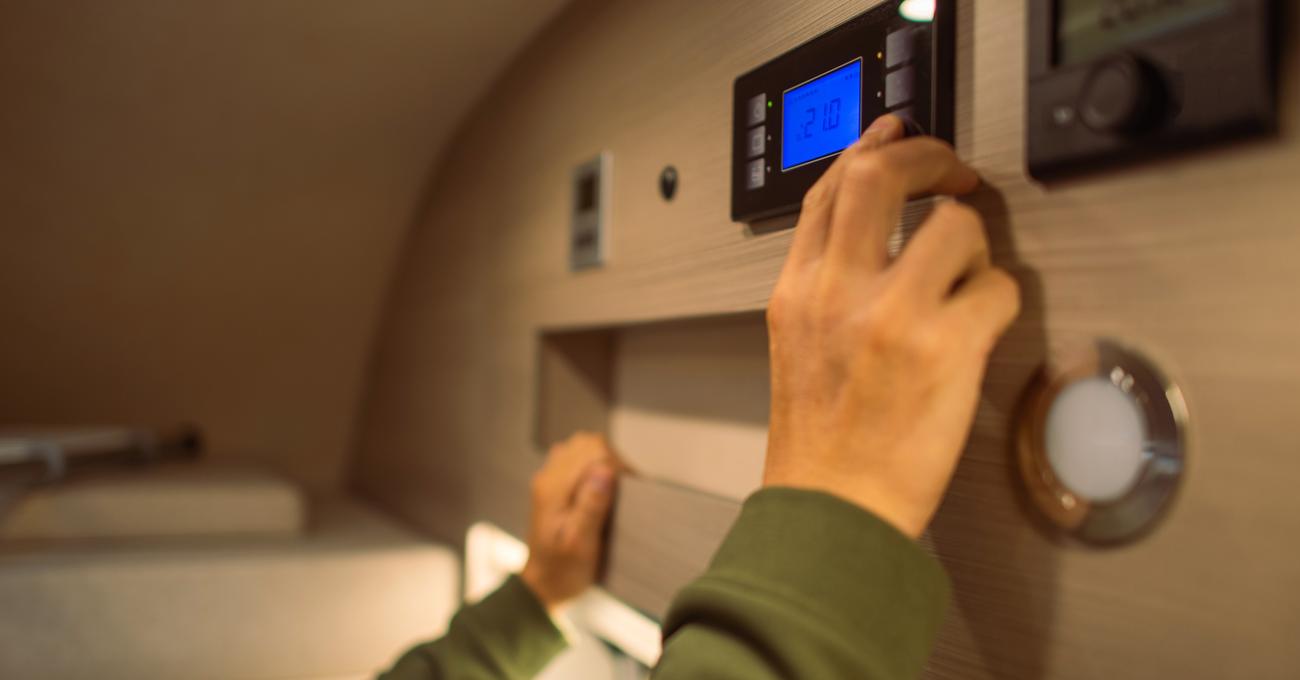
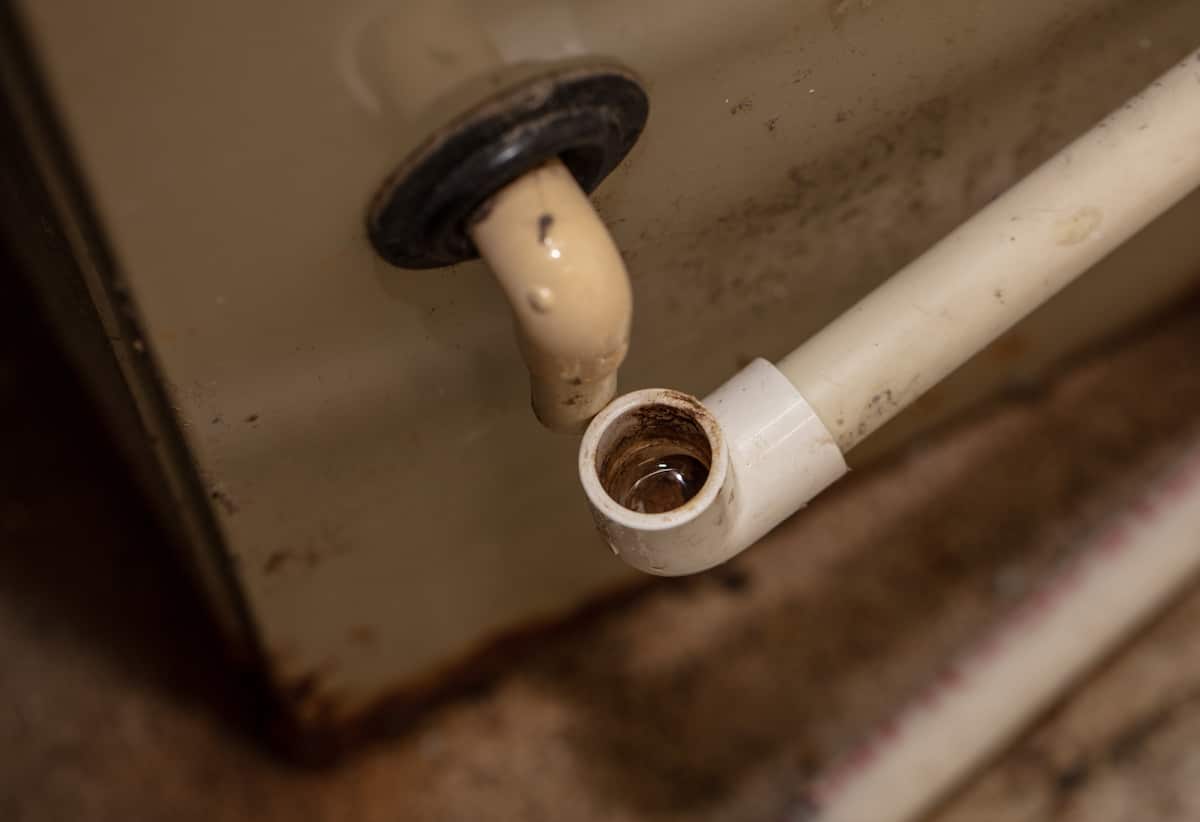
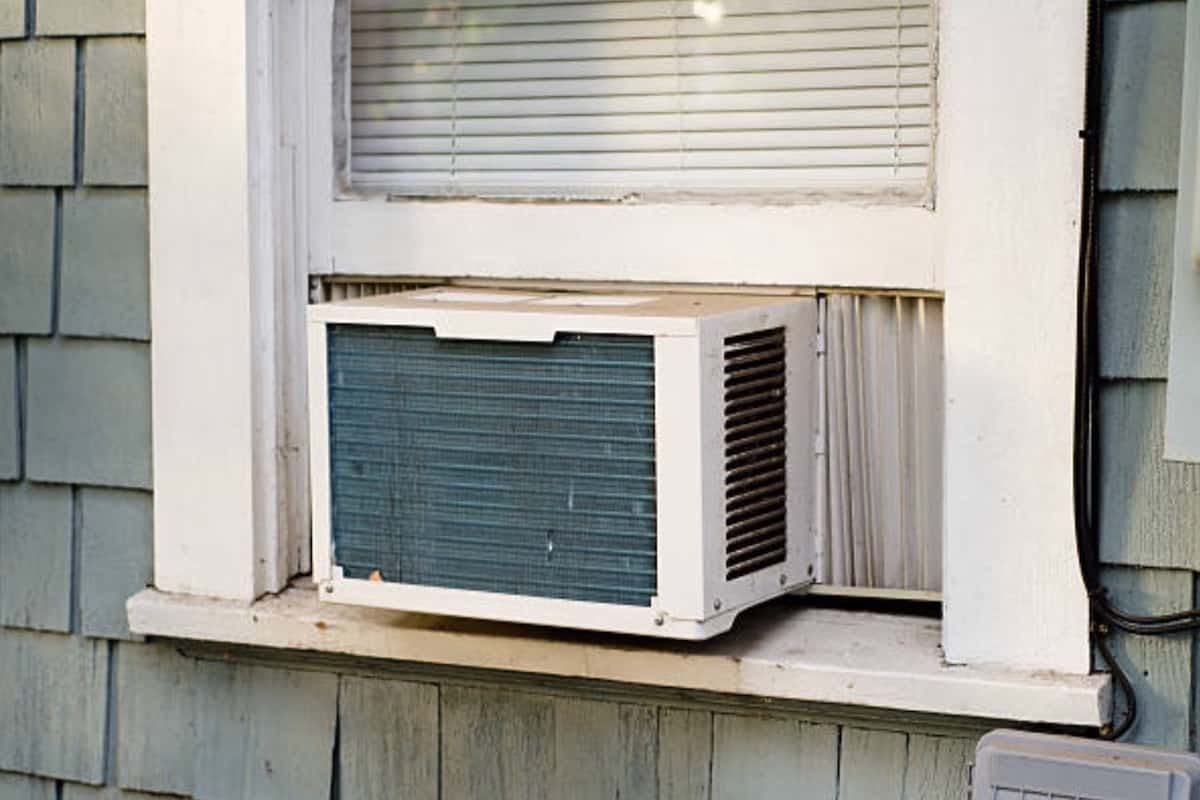
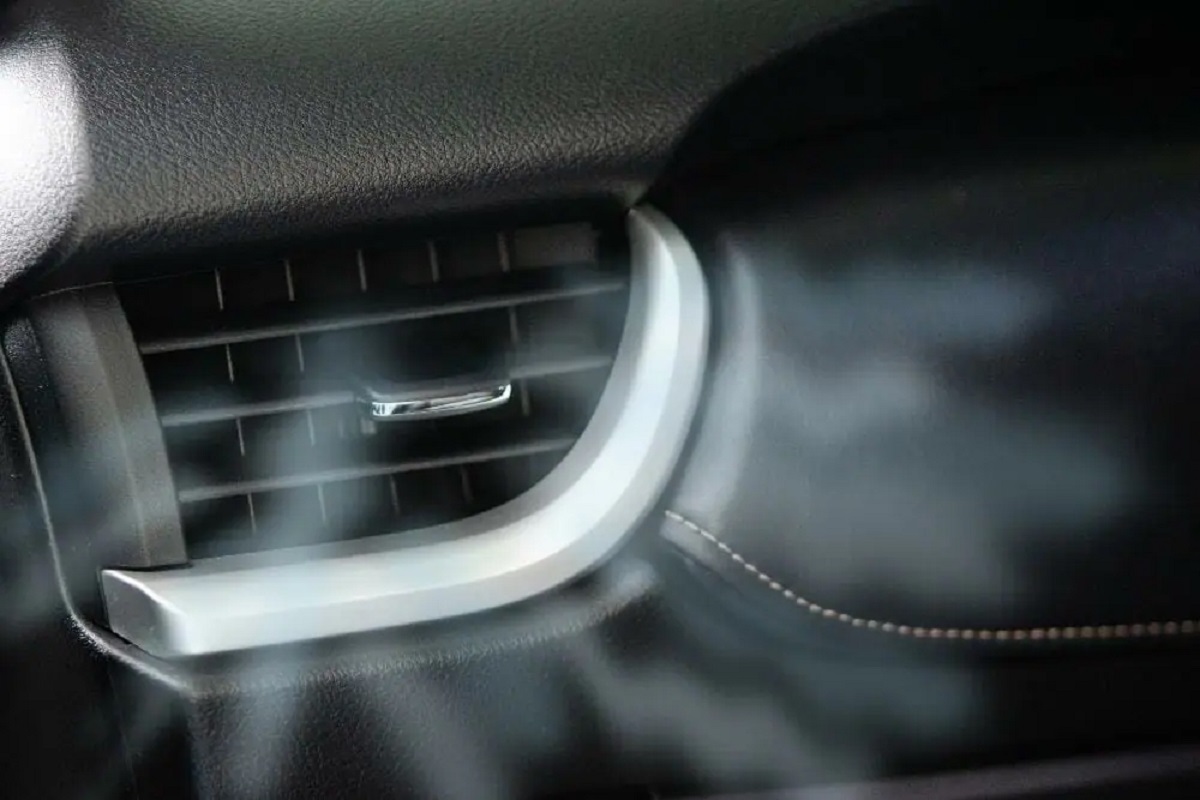
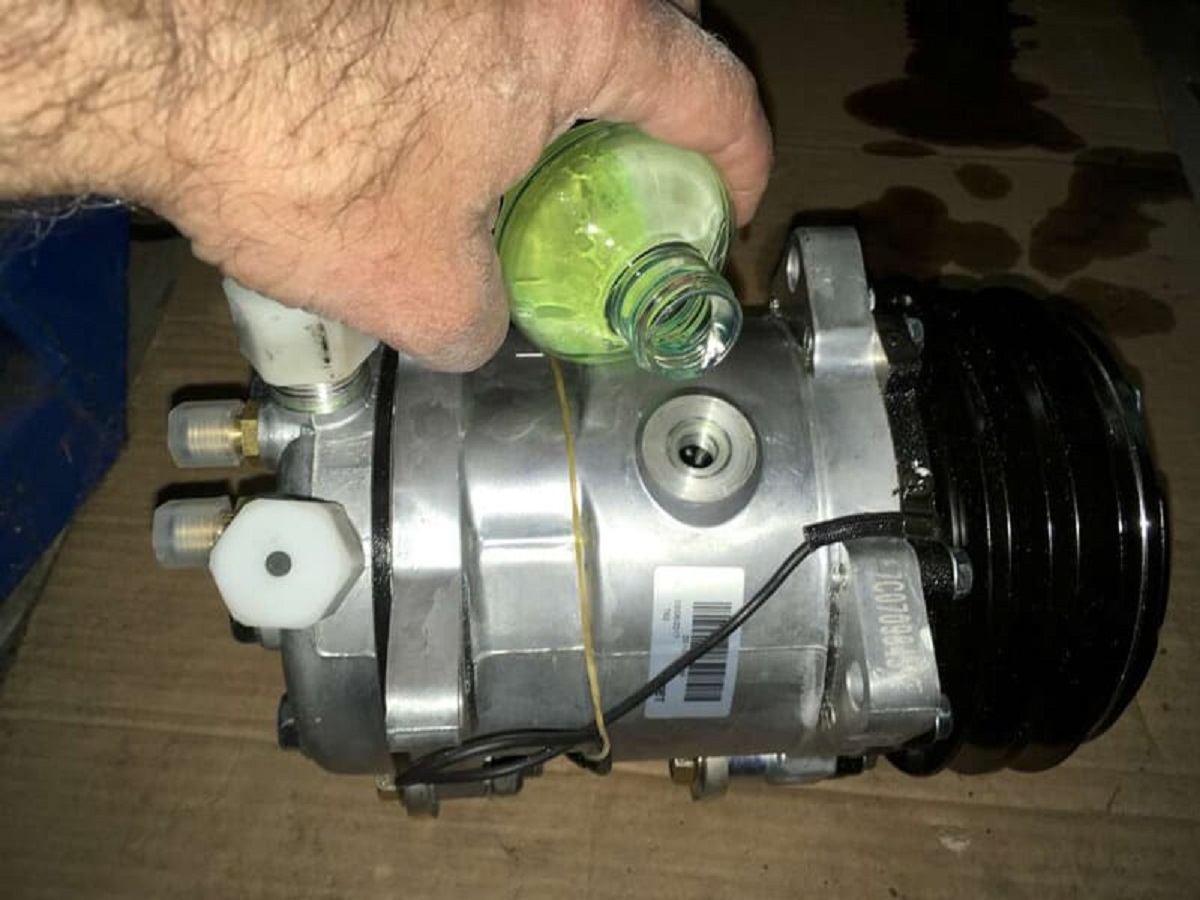
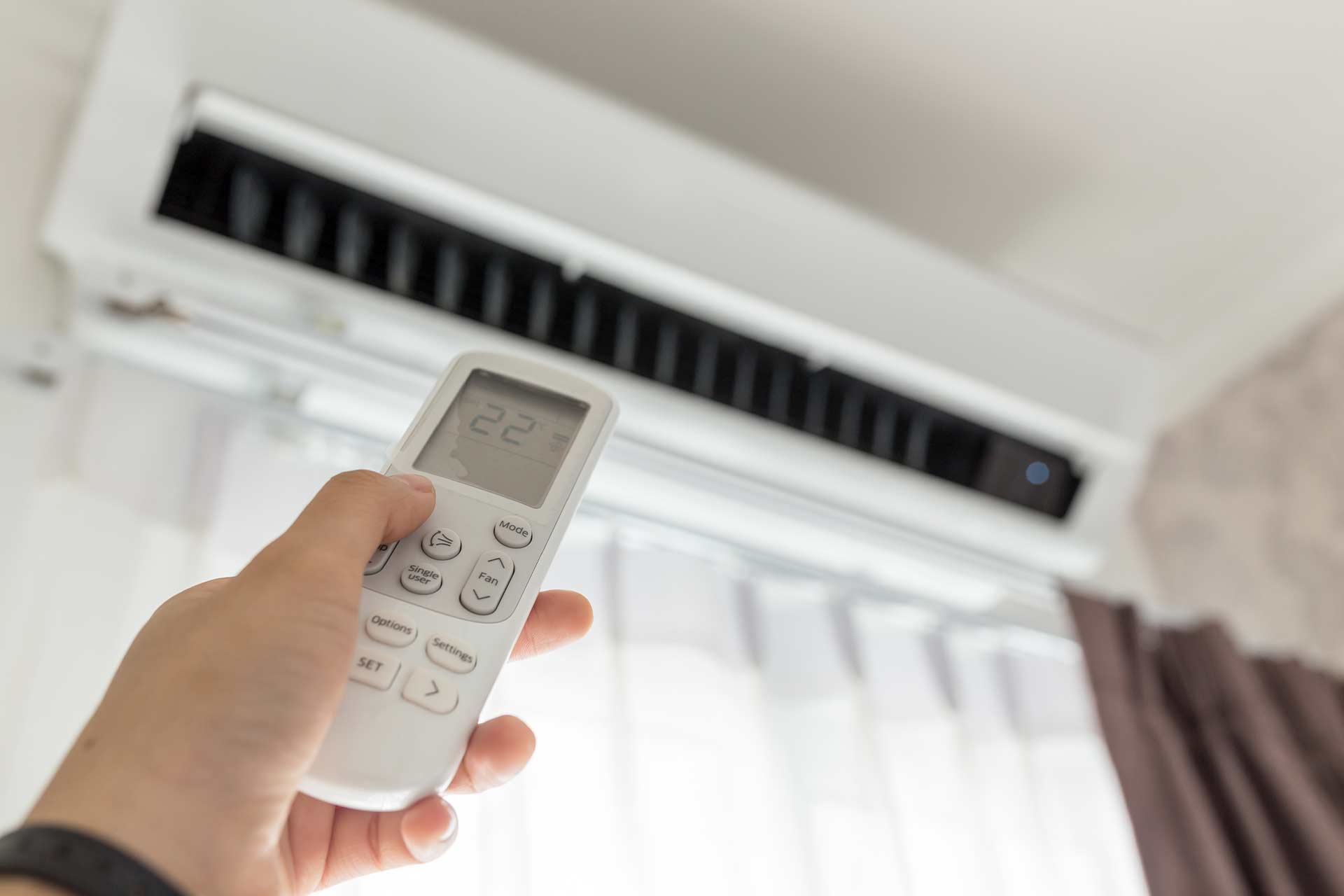

0 thoughts on “How To Bleed Off An Overcharged AC”